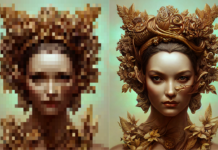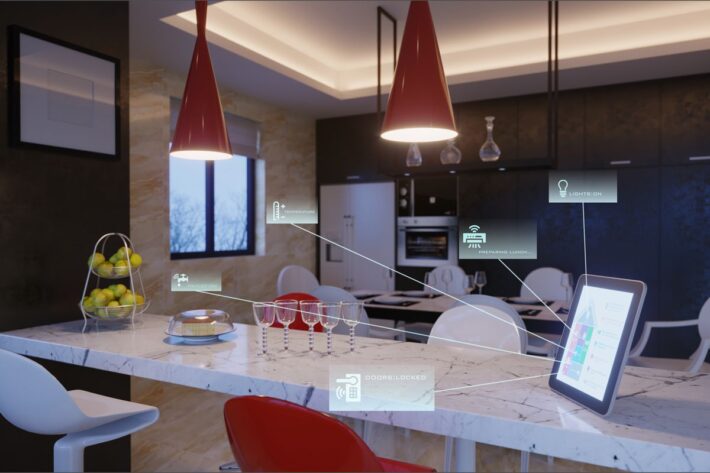
Our home is one of the best comfort zones in the entire world. At least in a typical sense to talk about. It is a place of calm and rest that you can take pleasure of by literally just looking at the very walls.
The design of our house also can have a certain effect on the way we feel about it. Interior design has existed for centuries with architects and other designers crafting the best designs for houses, rooms, forts and palaces.
Today’s world is no different as we’ve come up with exceptional ways of designing various things to suit our needs. Visit foyr.com to know more about interior designs and various consultation opportunities.
In this article, we’ll talk about interior design and how it has changed over the years and how technology is currently changing the future of interior design. With that being said, without any further ado, let’s get into this!
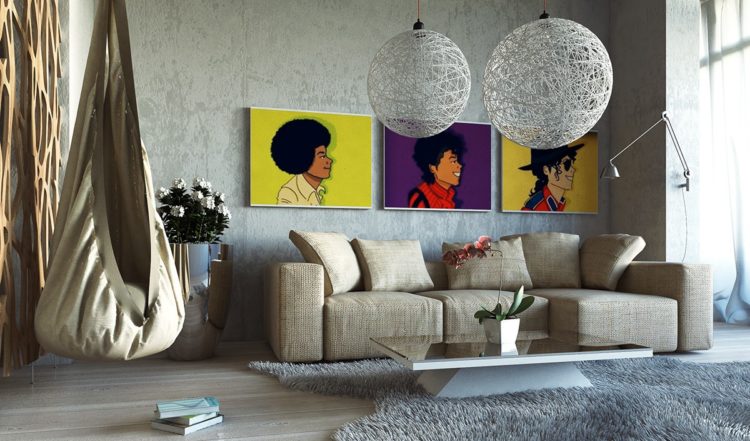
What Is Interior Design?
Interior design is one of the most exciting and creative professions. A combination of art, science and technology that manipulates space, form, texture, color and light to enhance the quality of human life.
It is also about understanding people’s behavior to create functional spaces within a building. We spend an increasing amount of our lives indoors and in a built environment.
We wake from a night sleep in some form of interior space and go to school to learn, work or play in another space that gives a sense of purpose to our lives.
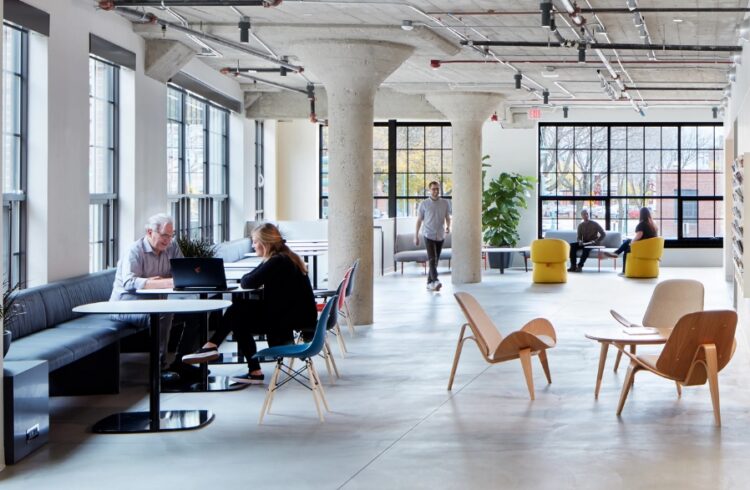
Components Of Interior Design
Interior design is one such occupation that requires a lot of creativity and natural talent. The idea behind visualisation and flair is something that moves synonymously with interior design. With that being said though, there is a certain degree of science that is involved with it and is not all pure creativity.
There are certain elements and principles of interior design that people have stood on and developed better designs on throughout the centuries. The key elements and components of interior design include space, line, forms, light, color, texture, and pattern.
Having a proper balance between all the components is what leads to pure art and highly pleasing designs of interiors. There will also be greater utility out of these designs when you bring them together for better functionality. Space is split into two categories: positive space is space containing objects while negative space is the open empty space. Lines help to shape a room and guide the attention.
Horizontal lines provide a sense of stability, formality, and efficiency. Lines as we have already said symbolizes freedom and strength in the space that you stay. Other forms of line provide motility and energy.
When we talk about form, we’re referring to the physical embodiment of the space in a 3 dimensional rendered space. Light has a huge role to play in this aspect of interior design. The way light trickles into the room is highly important.
Mainly due to how it can highlight every individual element and component in the room.
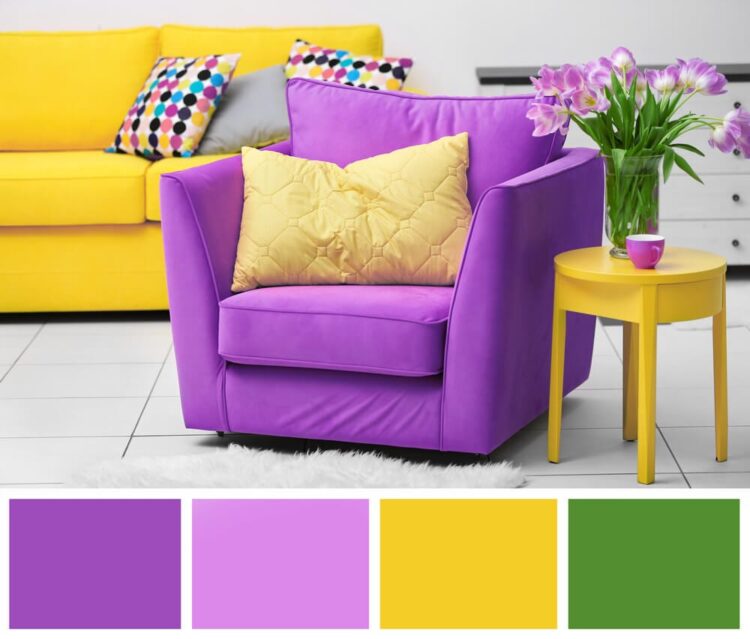
Use Of Color Interior Design
Color is the universe’s equivalence of emotions. We can see that bright sunshine is usually related to happiness, gloomy and darkness is related to sadness and so on. The colors in a room can talk volumes about a place.
It can have a certain effect on the people that live in houses that are colored a certain way. For example, green and blue is usually done to induce calming effects, used especially in rooms.
Red is the color of hunger, which usually induces appetite in people which is why a lot of restaurants are colored red.
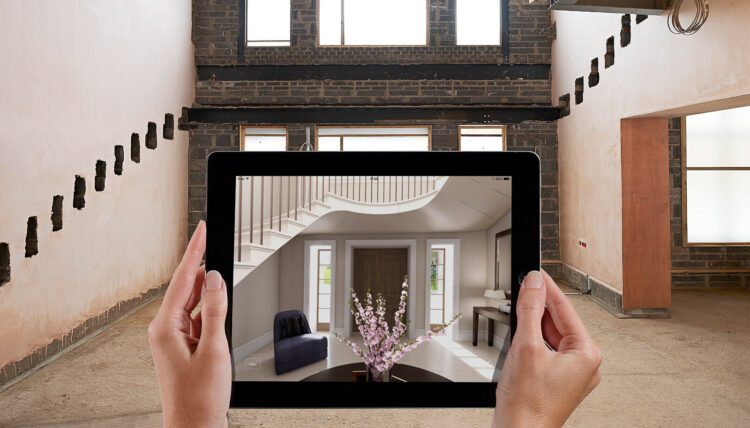
How Technology Is Changing The Future Of Interior Design
Augmented reality is no longer just a bold idea. Technologies are leveraging the power of AI to measure room dimensions and create a floor plan using just your phone. Just download planner on iOS.
Data is stored in the apps cloud, so users can store, share and update home projects anytime anywhere. The technology here is that people are putting the power into homes with stunning designs and constructs.
The owners can be involved in the creative process themselves so that they actually can generate all of the information they need in the form of a room plan in the form of a floor plan. This comes in the form of a 3d model by just using a wave lift of their phone.
This is kind of a practical use of augmented reality.
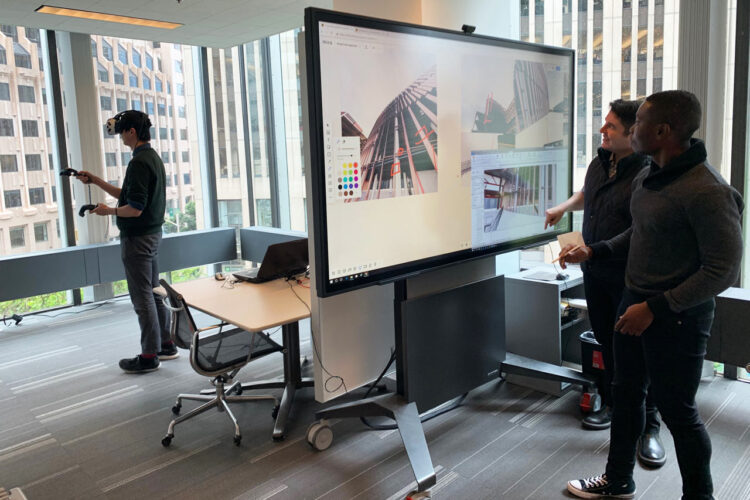
Usage Of Both AR And VR
Other companies are reportedly said to be harnessing the power of both AR and VR in solving real customer problems in home improvement and the furniture industry. 3D clouds can turn anyone into a designer.
It enables users to personalize, plan and visualize products in almost tangible 3D spaces. Technologies have created a platform and set of tools that allow consumers to design a space very quickly and efficiently, while at the same time visit a retail store, put on the headset and be able to see their living room.
For instance, at full scale you can then drag and drop 3D representations of the actual products that you’re going to buy into the space. It takes a typical session time. Usually 15 to 18 minutes where if you go to like a professional at a Lowe’s or Home Depot, could take several trips in several hours.
There is a growing trend of people choosing to remodel their homes instead of buying a new one. Harvard’s Joint Center for Housing Studies shows remodeling spending is expected to hit three hundred and forty billion dollars this year, seven and a half percent higher compared to last year’s.
These technologies deliver massive operational efficiency as consumers can immediately make informed buying decisions. AR and VR technologies are surely playing a vital role in building the smart homes of the future for more great stories of people and companies making bold impacts around the world.


